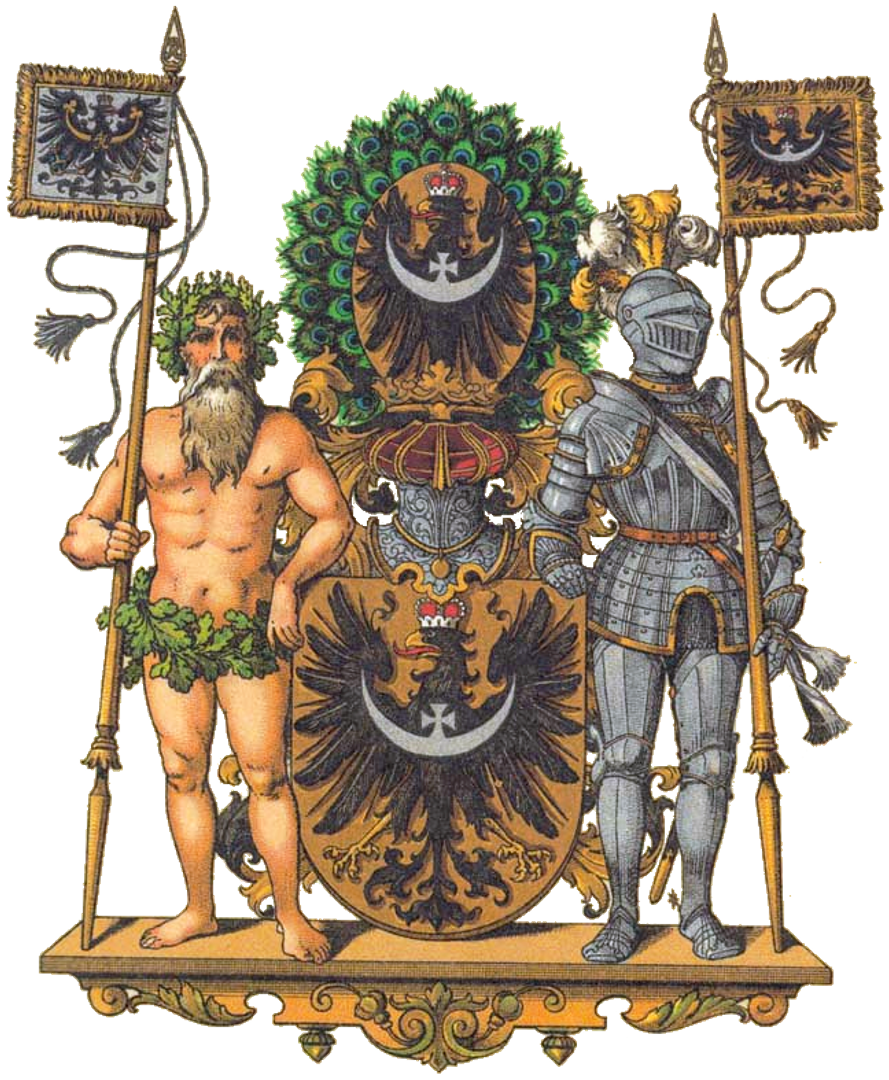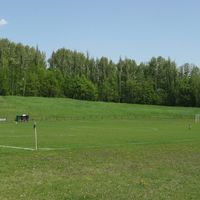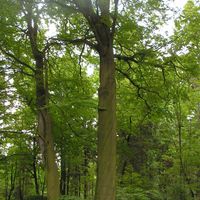Bytom
8.44

Overview
Bytom, a city with county rights in the Silesian Voivodeship, boasts a rich history dating back to the 11th century. Initially established as a defensive stronghold, Bytom evolved into an important trade, craft, and mining center, with its golden age occurring in the 14th century, driven by the growth of mining. In 1241, the city was destroyed by the Tatars but was soon rebuilt under German law. Over the centuries, Bytom changed national affiliations, belonging, among others, to the Habsburgs and later Prussia. In the 20th century, surrounded by Germany, the city faced transportation and economic challenges. Bytom is characterized by its 19th and 20th-century architecture, featuring numerous Art Nouveau, Neo-Renaissance, and eclectic townhouses, as well as modernist buildings. Notable landmarks include the Church of the Assumption of the Blessed Virgin Mary, the old Jewish cemetery, and the ruins of the von Thiele-Winckler palace. Bytom's culture is intertwined with sports traditions, particularly football—the city is known for clubs such as Polonia Bytom. Various cultural events take place in Bytom, such as the Bytom Half Marathon and the Bytom Film Festival, showcasing the local community's cultural and sports engagement. An interesting fact is the UNESCO-listed Segiet Forest Reserve, which attracts nature enthusiasts. Today, as part of the Upper Silesian metropolitan area, Bytom plays a significant role as an industrial and cultural hub of the region.
Location
State
Silesian Voivodeship
Country
2025 Wizytor | All Rights Reserved







